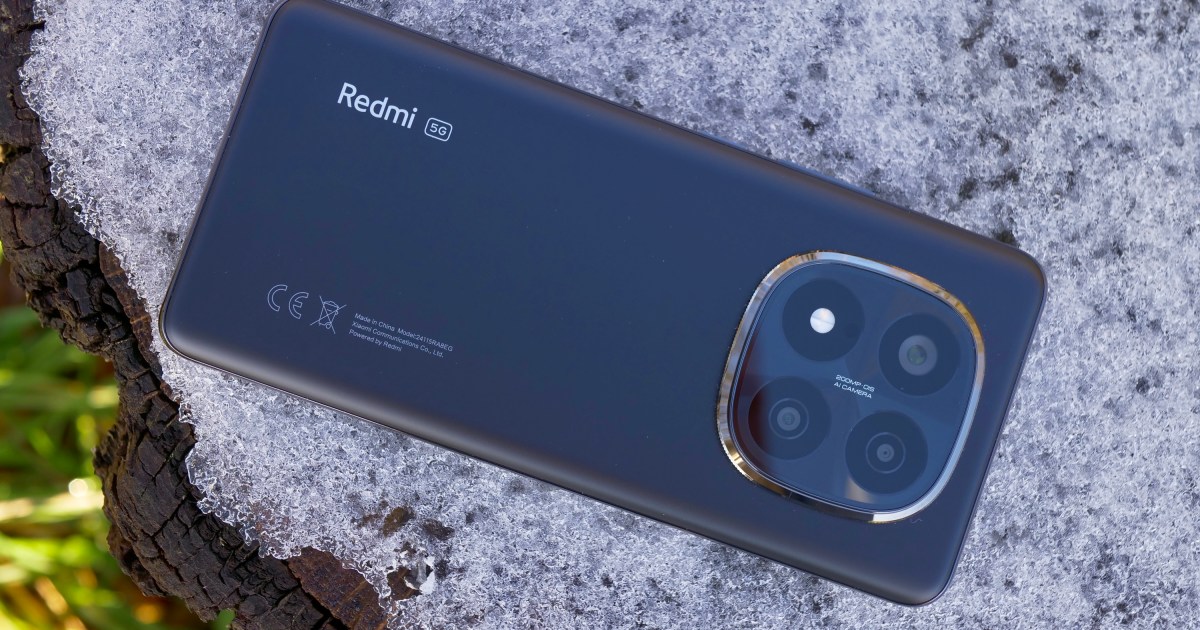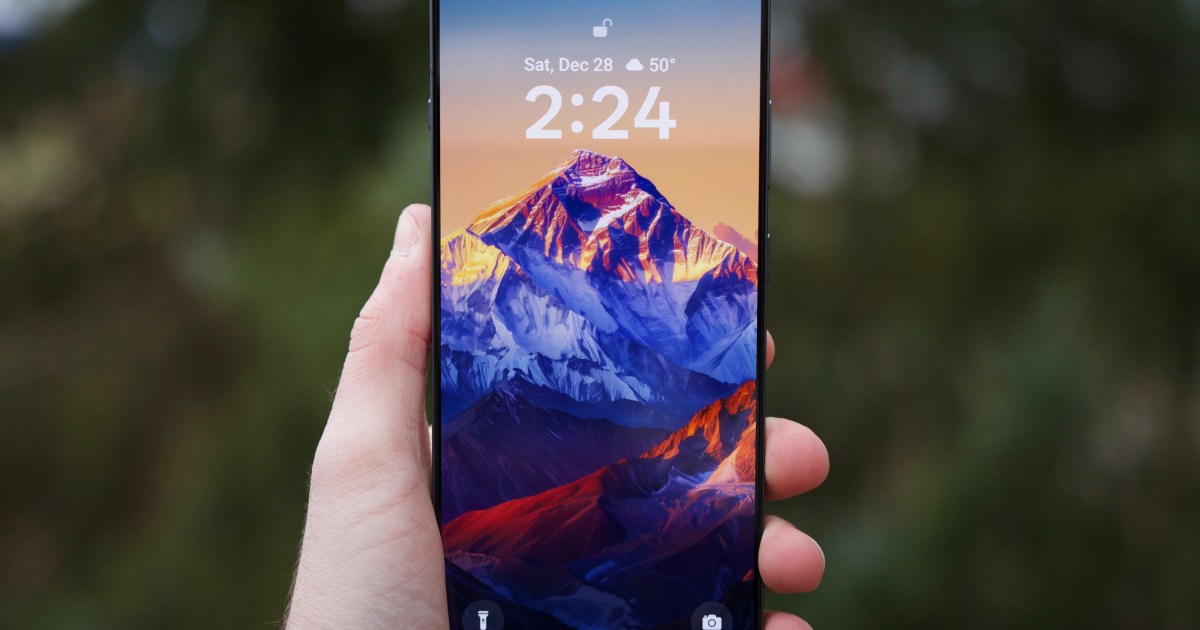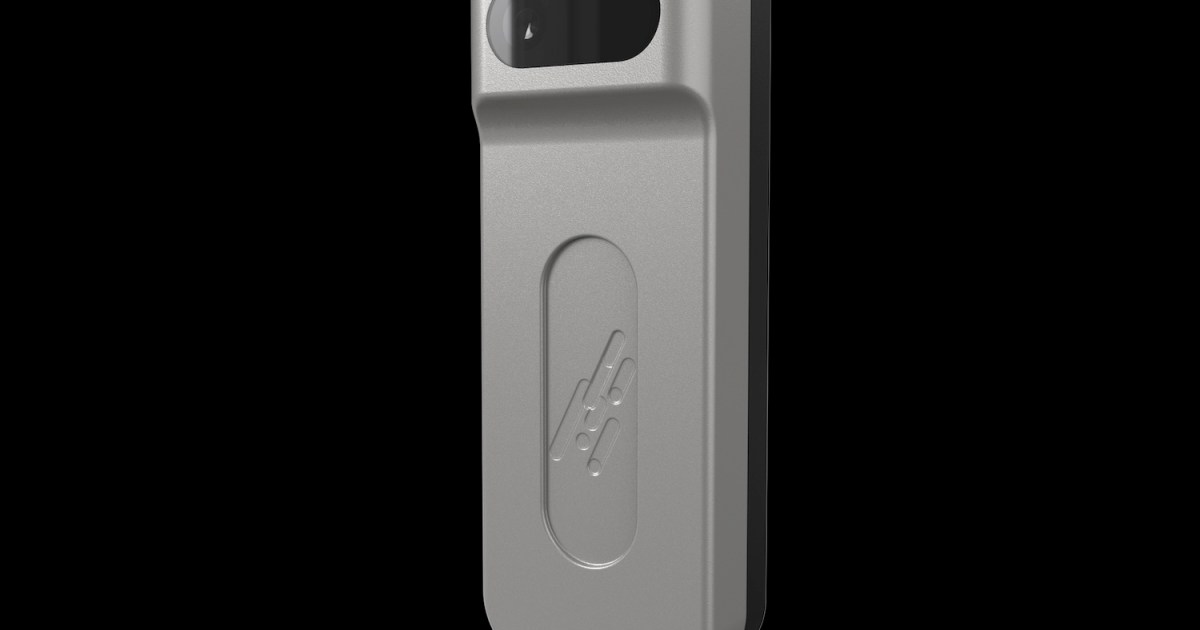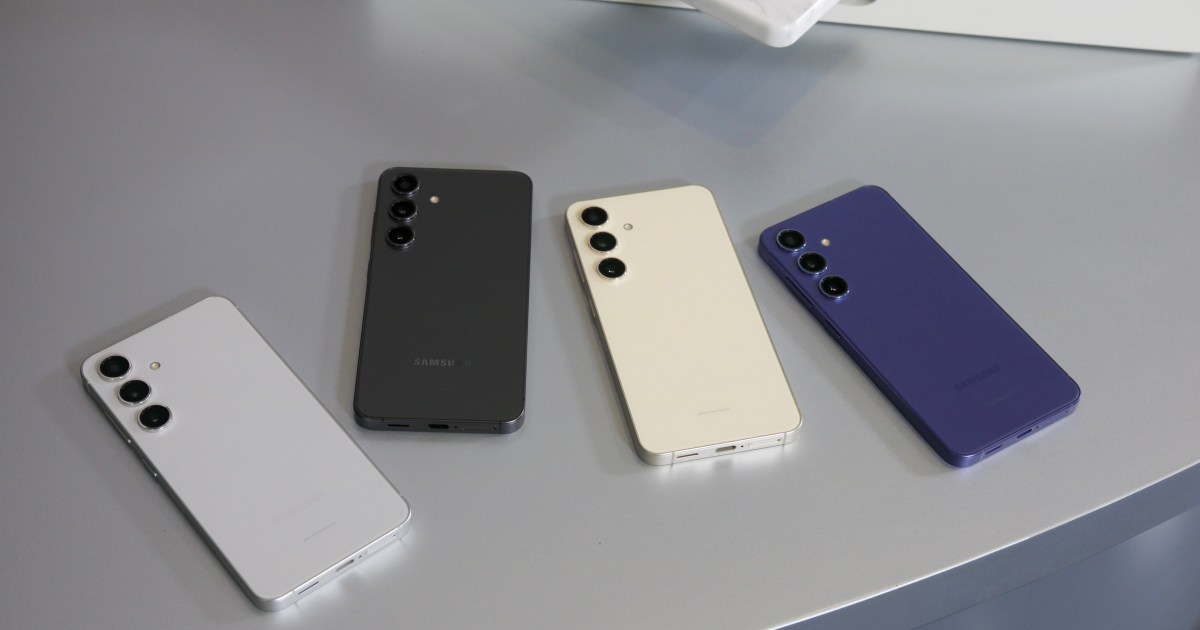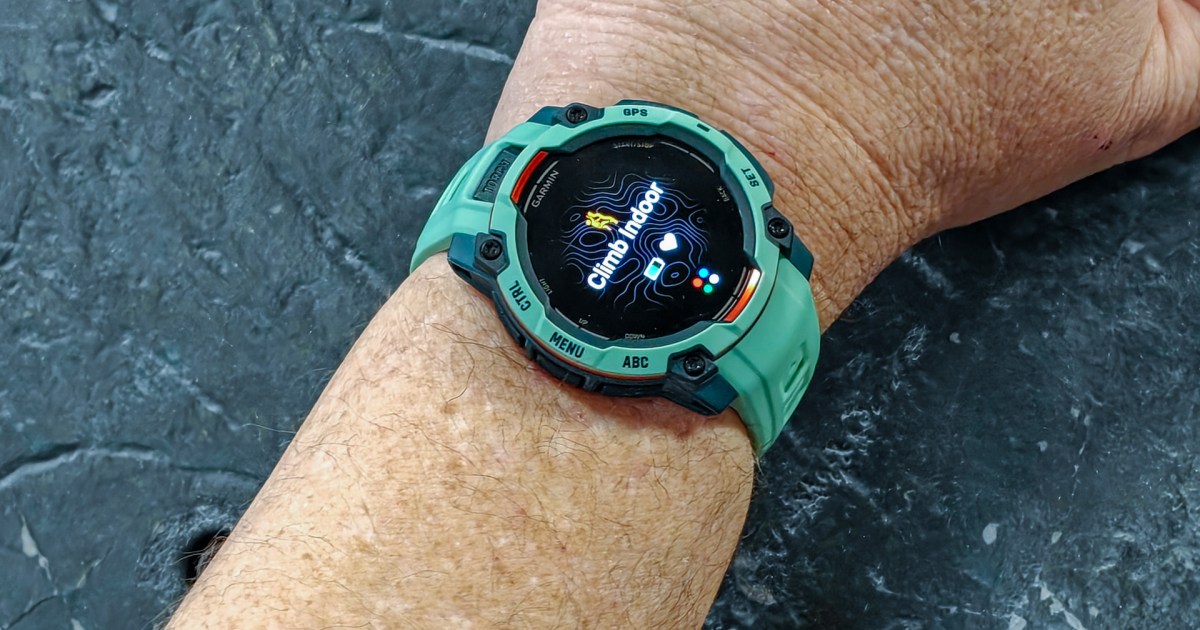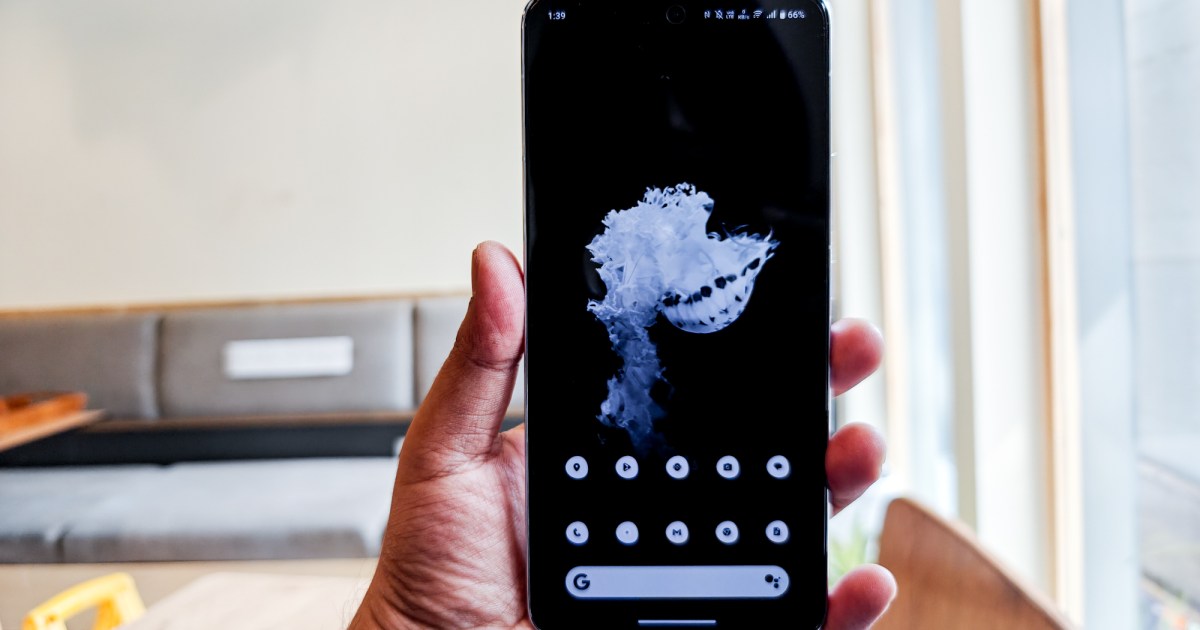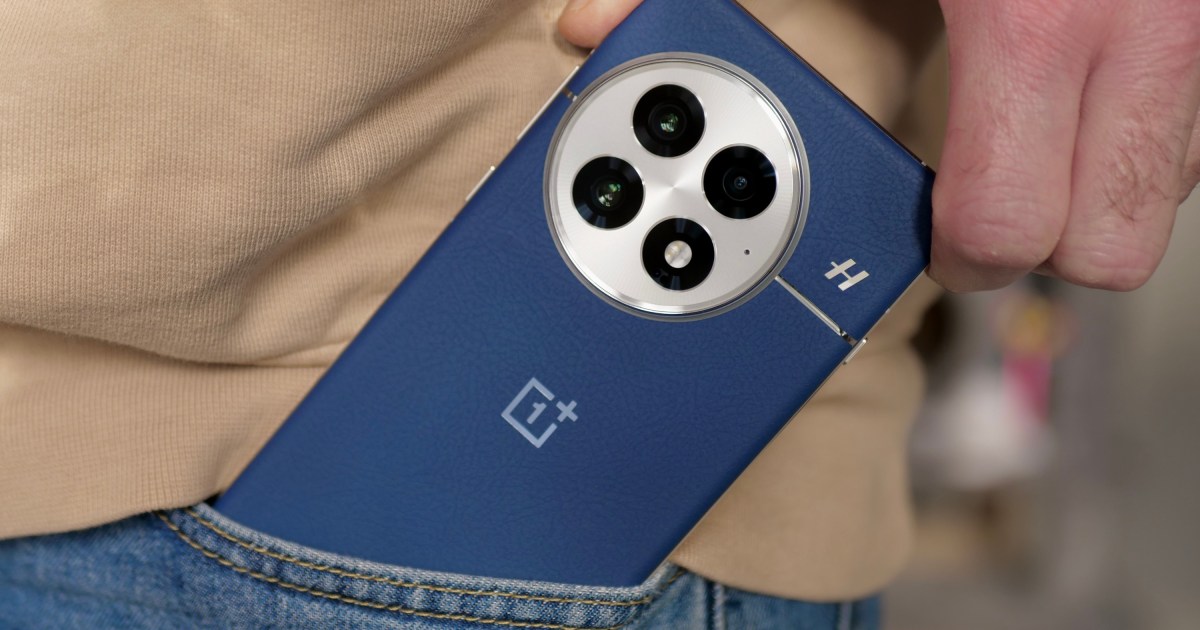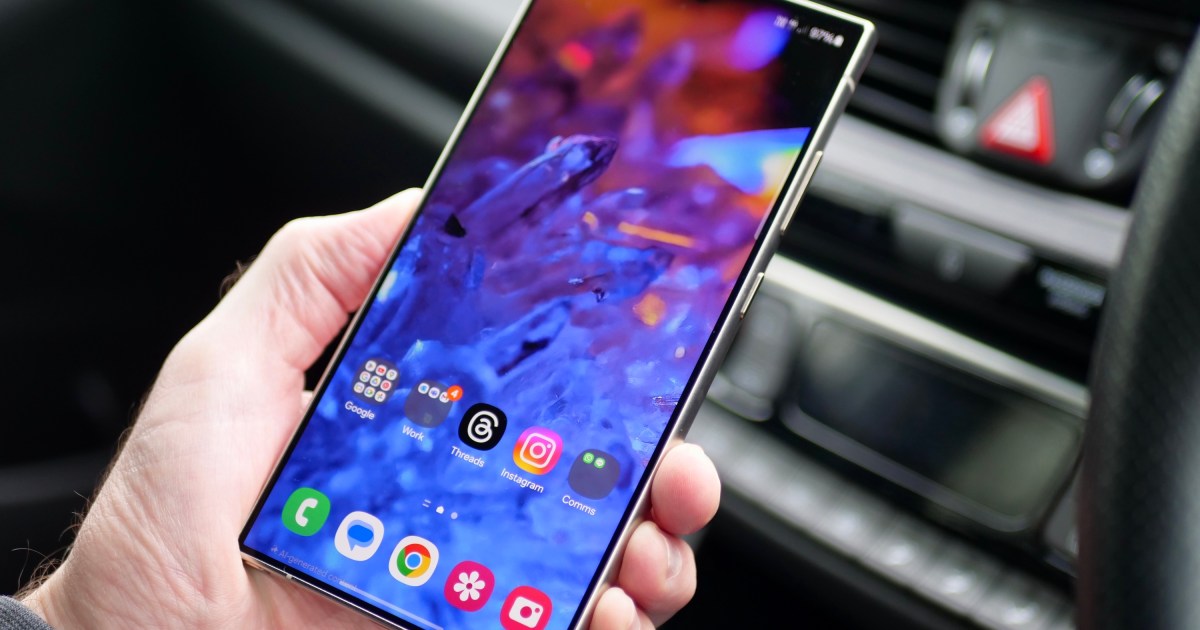The Redmi Note 14 Pro Plus addresses a key flaw of its predecessor—the camera module design—but introduces a new design quirk that’s less successful. After spending several days with this new Redmi phone, here’s my assessment of whether the changes are worthwhile.
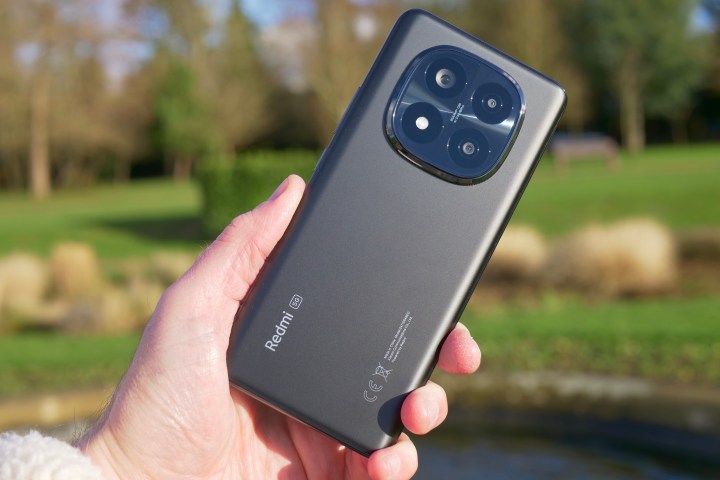 Redmi Note 14 Pro Plus held in hand
Redmi Note 14 Pro Plus held in hand
The Redmi Note 13 Pro Plus had a rather generic design. While a decent phone, its lack of distinctive features made it easily forgettable. My review unit, like its predecessor, came in basic black, missing out on the more vibrant color options.
However, Xiaomi (Redmi’s parent company) has significantly improved the overall design, giving the Note 14 Pro Plus a unique rear appearance. The camera module sits between a square and a squircle, with a pleasing aesthetic, especially up close. Its sloped, polished edge flows into a “coin edge” design element reminiscent of a watch bezel.
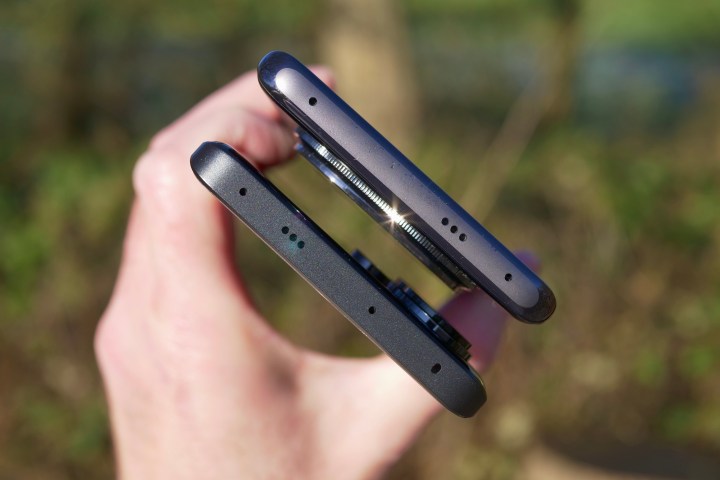 Redmi Note 14 Pro Plus next to Redmi Note 13 Pro Plus
Redmi Note 14 Pro Plus next to Redmi Note 13 Pro Plus
The Corning Gorilla Glass 7i back panel (Midnight Black on my review unit, also available in Frost Blue and a vegan leather Lavender Purple) is smooth, matte, and scratch-resistant. Coupled with an IP68 dust and water resistance rating, these features exceed expectations. The combination of finishes and symmetrical design gives the phone a premium feel. I genuinely appreciated it—until I held the phone for an extended period.
A Sharp Design Cuts Both Ways
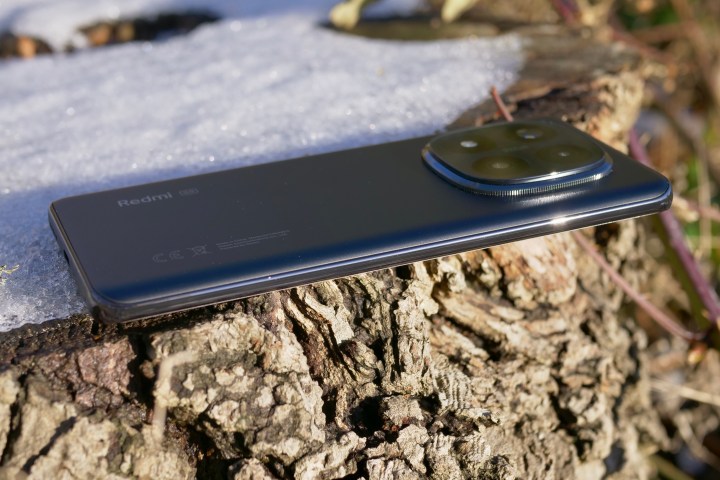 Side view of the Redmi Note 14 Pro Plus
Side view of the Redmi Note 14 Pro Plus
The Redmi Note 14 Pro Plus abandons the curved yet squared-off edges of the 13 Pro Plus for a more aggressive curve, resulting in sharper edges. Unfortunately, this design choice makes the phone uncomfortable to hold. The taper is simply too sharp, a noticeable regression from the well-balanced profile of the Redmi Note 13 Pro Plus.
Is this a deal-breaker? Probably not for everyone, but it’s a significant drawback. The included silicone case mitigates the sharp edges, making the phone more comfortable to grip. However, the case obscures the phone’s color and attractive design.
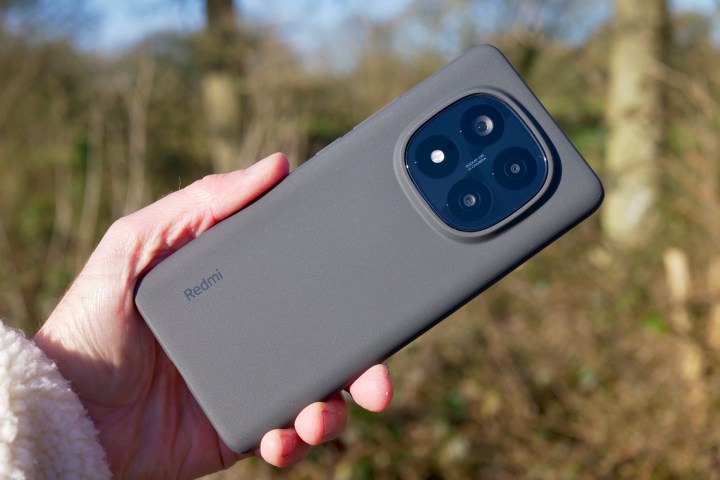 Redmi Note 14 Pro Plus in its supplied case
Redmi Note 14 Pro Plus in its supplied case
Because of the sharp edges, the Midnight Black version is the most practical choice, as you’ll likely keep the phone in a case. The included case is of decent quality, which is a small consolation. It’s a shame, considering the other colors look appealing in product photos. Before you make a purchase, let’s examine the phone’s other features.
What Else is New?
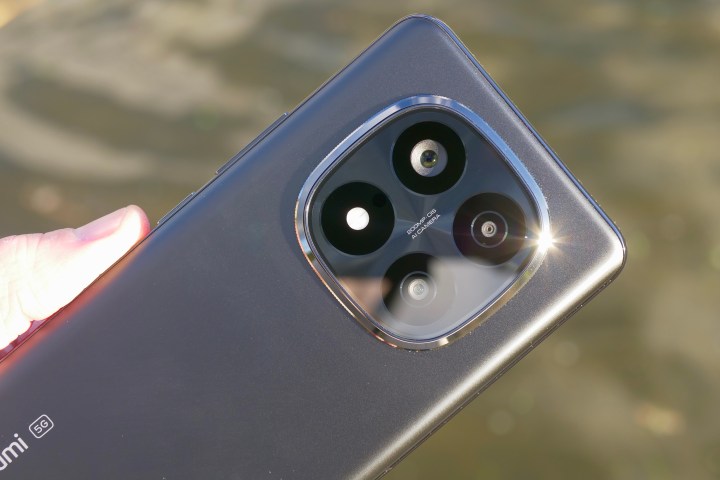 Front view of the Redmi Note 14 Pro Plus
Front view of the Redmi Note 14 Pro Plus
The most significant internal change is the shift from a MediaTek Dimensity processor to a Qualcomm Snapdragon 7s Gen 3, paired with either 8GB or 12GB of RAM and 256GB or 512GB of storage. The battery capacity is slightly increased to 5,110mAh and supports Xiaomi’s 120W HyperCharge wired fast charging, but wireless charging is absent.
The front features a 6.67-inch AMOLED screen protected by Corning Gorilla Glass Victus 2, with a 120Hz refresh rate and a peak brightness of 3,000 nits. The screen remained visible even in bright winter sunlight, and viewing angles are excellent with minimal reflection. However, the HyperOS software interface is based on Android 14, placing the Redmi Note 14 Pro Plus behind competitors launching with Android 15.
Disappointingly, the camera specifications appear identical to the Redmi Note 13 Pro Plus: a 200MP main camera with OIS, an 8MP wide-angle camera, and a 2MP macro camera. The latter two are among the weakest supplementary cameras found on modern smartphones. I captured several photos to assess the camera’s performance.
Camera Performance: Decent, Not Exceptional
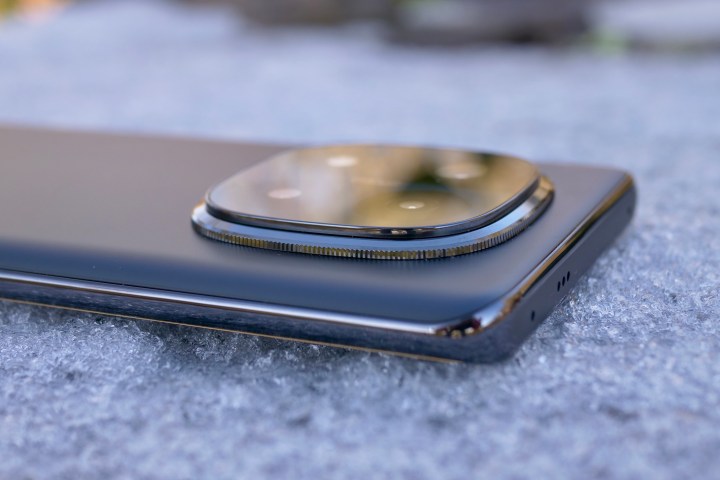 Rear camera view of the Redmi Note 14 Pro Plus
Rear camera view of the Redmi Note 14 Pro Plus
My expectations for the Redmi Note 14 Pro Plus’s camera were tempered. As expected, the 8MP wide-angle lens produces hazy, low-quality images, a common issue with many phones. The camera app lacks a dedicated macro mode for the 2MP camera. This leaves the 200MP main camera and in-app 2x and 4x zoom options.
 Sample photo from the Redmi Note 14 Pro Plus
Sample photo from the Redmi Note 14 Pro Plus
 Another sample photo from the Redmi Note 14 Pro Plus
Another sample photo from the Redmi Note 14 Pro Plus
The main camera performs well, capturing colorful, bright, and properly exposed photos without oversaturation. This was particularly noticeable on a bright but low-sun day, a challenging scenario for many cameras. The 2x zoom delivers detailed, usable shots, but the 4x zoom pushes the camera’s limits, with noticeable detail loss upon close inspection.
 Wide-angle photo from Redmi Note 14 Pro Plus
Wide-angle photo from Redmi Note 14 Pro Plus
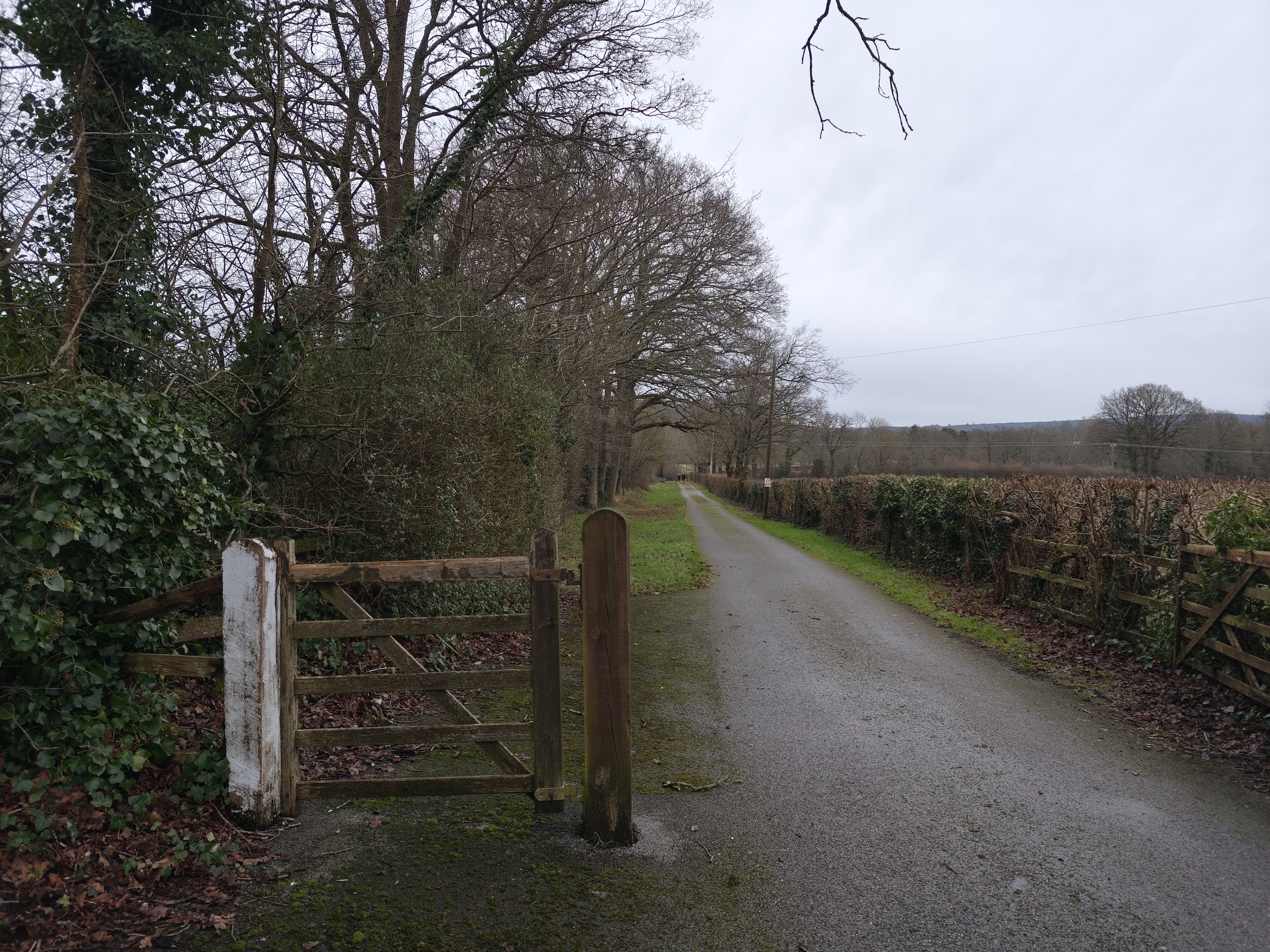 Additional sample photo from Redmi Note 14 Pro Plus
Additional sample photo from Redmi Note 14 Pro Plus
The 200MP mode is available but should be used judiciously, as file sizes can exceed 100MB. The massive resolution (12240 x 16320) allows for detailed cropping without significant quality loss. In suitable conditions, this feature works exceptionally well, as demonstrated below.
 Resized 200MP photo from Redmi Note 14 Pro Plus
Resized 200MP photo from Redmi Note 14 Pro Plus
 Cropped portion of a 200MP photo from Redmi Note 14 Pro Plus
Cropped portion of a 200MP photo from Redmi Note 14 Pro Plus
Should You Buy the Redmi Note 14 Pro Plus?
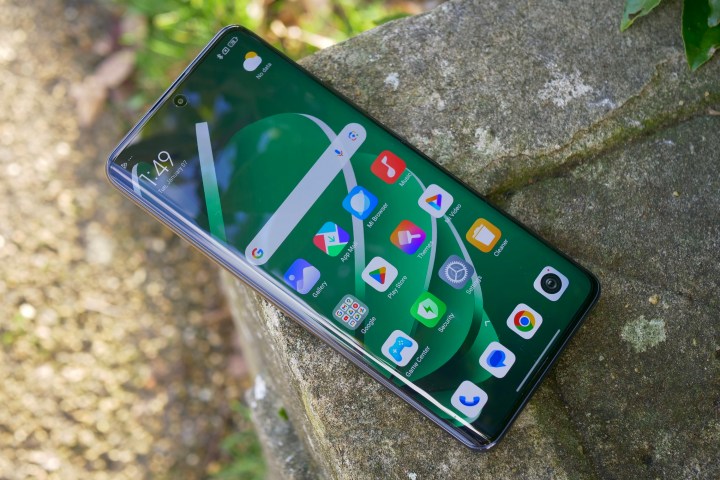 Redmi Note 14 Pro Plus angled view
Redmi Note 14 Pro Plus angled view
If you own the Redmi Note 13 Pro Plus, the Note 14 Pro Plus isn’t a substantial upgrade. I prefer the older phone’s more comfortable shape, even if its design is less striking. However, for those upgrading from an older model, it’s a compelling option. Pricing and availability are unconfirmed at the time of writing, but the Redmi Note 13 Pro Plus launched at approximately $550, so expect a similar price range.
This places the Redmi Note 14 Pro Plus against formidable competitors like the Samsung Galaxy A55, OnePlus Nord 4, Google Pixel 8a, and Nothing Phone 2. These are all excellent phones, and based on my initial experience, the Redmi Note 14 Pro Plus deserves consideration, despite its sharp edges. Using the included case largely resolves this issue.



